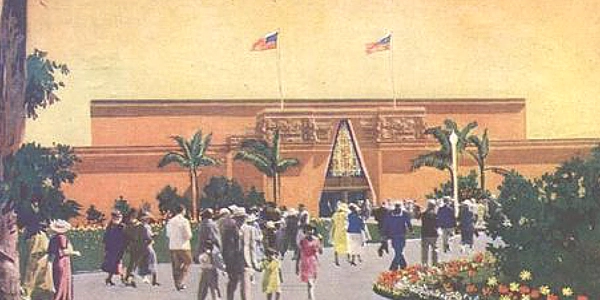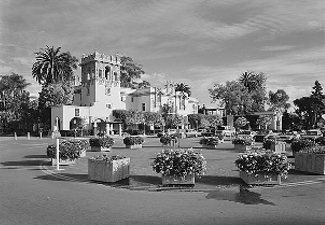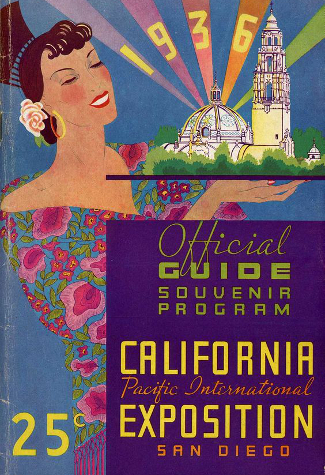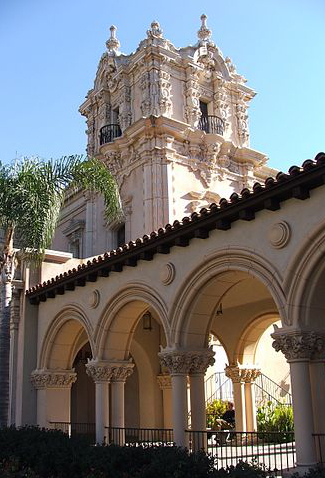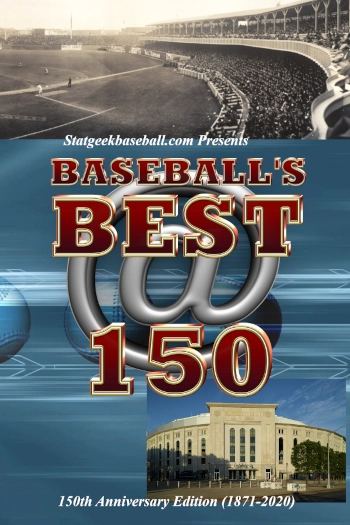Quick List Info

Dates Open - May 29 to November 11, 1935. Open all days.
February 12 to September 9, 1936 .
Attendance - 1935 - 4,784,811-4,784,973. Unknown whether paid or paid plus staff.
1936 - 2,192,622 listed in one source, another sourse lists 2,436,000. Unknown whether one represents paid and the other paid plus staff.
International Participants - 1935-6 - 23 one source; 21 consular officials/32 representatives from House of Pacific Relations, other sources.
Total Cost - Construction budget in 1935 was $1,233,000. New York Times stated that total investment, likely of Expo Authority and exhibitors was $20 million. Profit in 1935 was $315,833.
Site Acreage - Various sources list a different amount of acreage, so what the expo actually contained within the visitor gates is difficult to ascertain. The range suggests 185-600 acres within 1,400 acres of Balboa Park.
Sanction and Type - Unsanctioned by the Bureau of International Exhibitions during first year of a sanctioned fair in Brussels 1935. Suggests a registered event of the smaller variety such as those held on the 5 year of the decade in today's BIE terms, although lack of foreign participation might suggest otherwise. The Federal Government supported the exposition, constructing their own pavilion.
Ticket Cost - Admission was 50 cents for adults and 25 cents for children 2-11.
Photo top center: Postcard of the California-Pacific International Exposition, 1935-6, Original Source Unknown. Courtesy Pinterest. Column Top: Official Souvenir Guidebook of the California-Pacific International Exposition, 1935, Expo Authority. Courtesy Pinterest. Column Bottom: House of Hospitality, Date Unknown, Historic American Buildings Survey. Courtesy Library of Congress.

Other Histories of World's Fairs to Check Out

